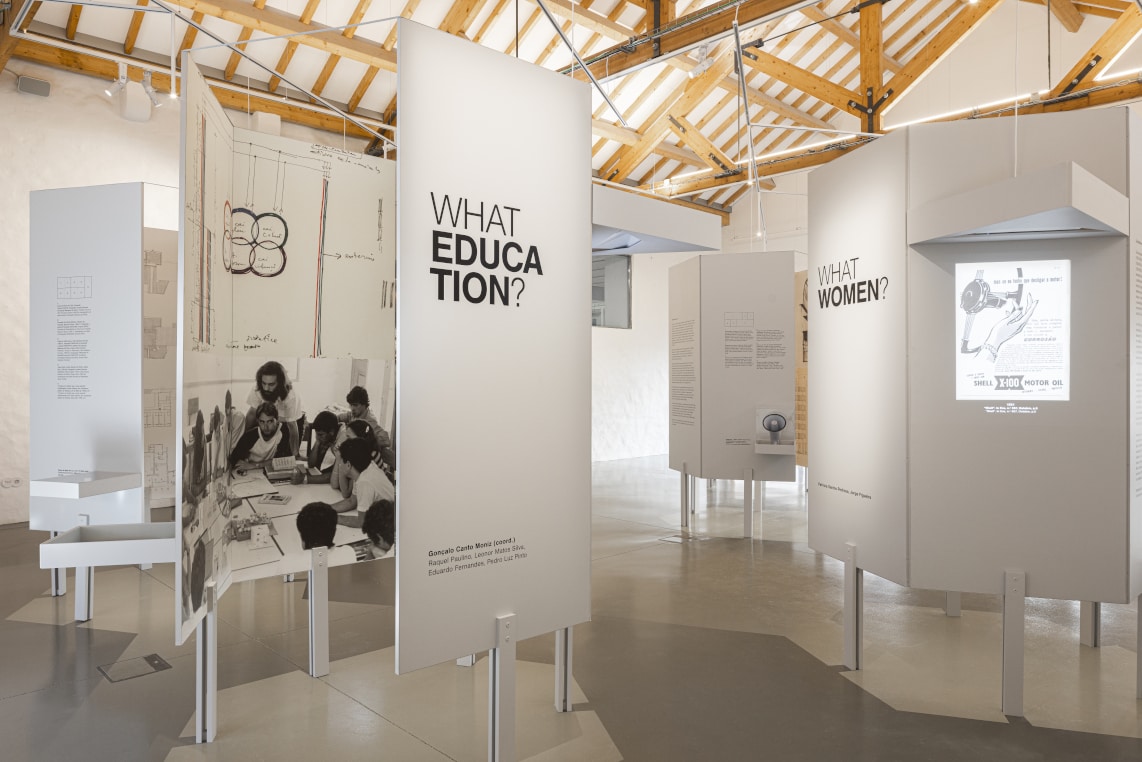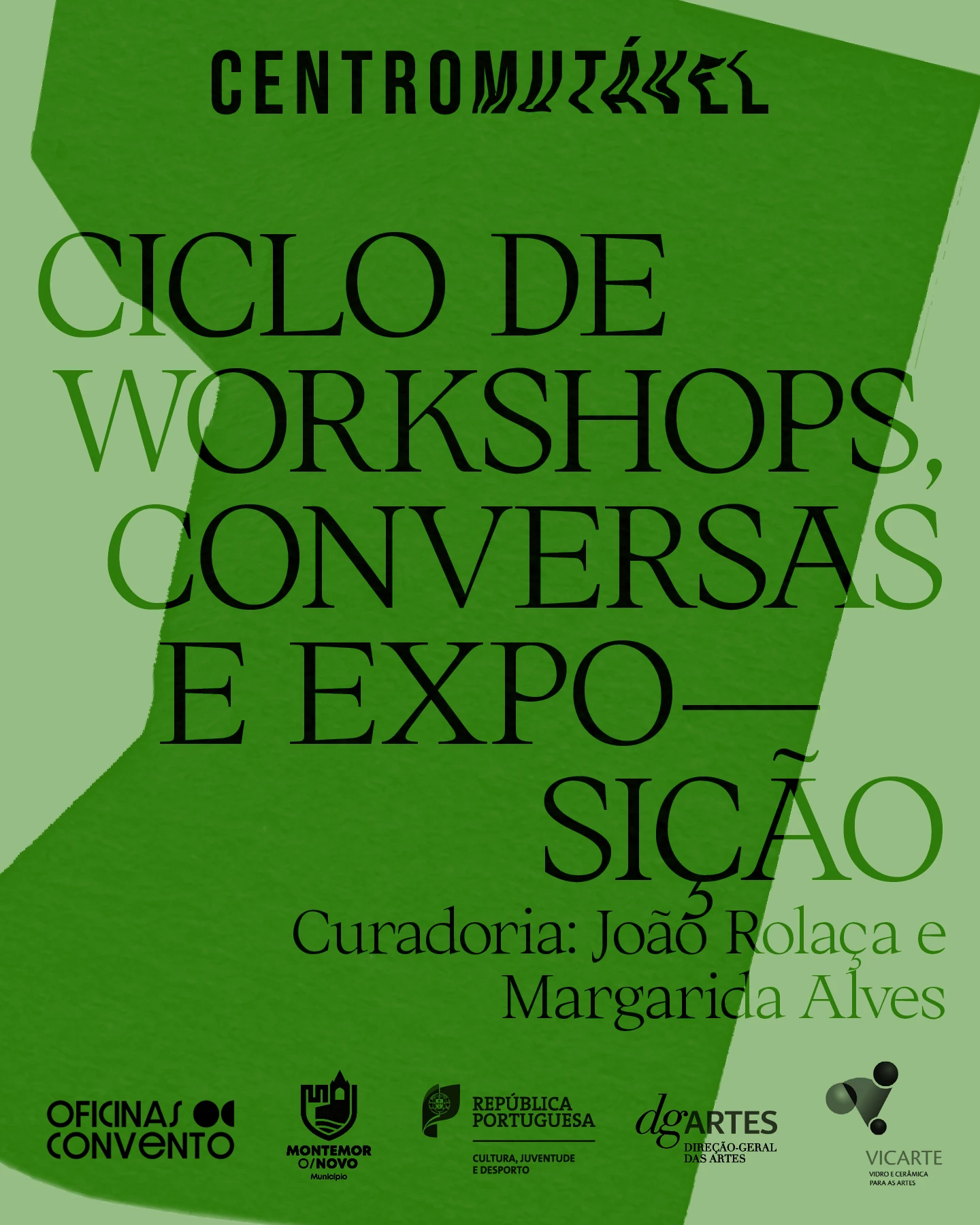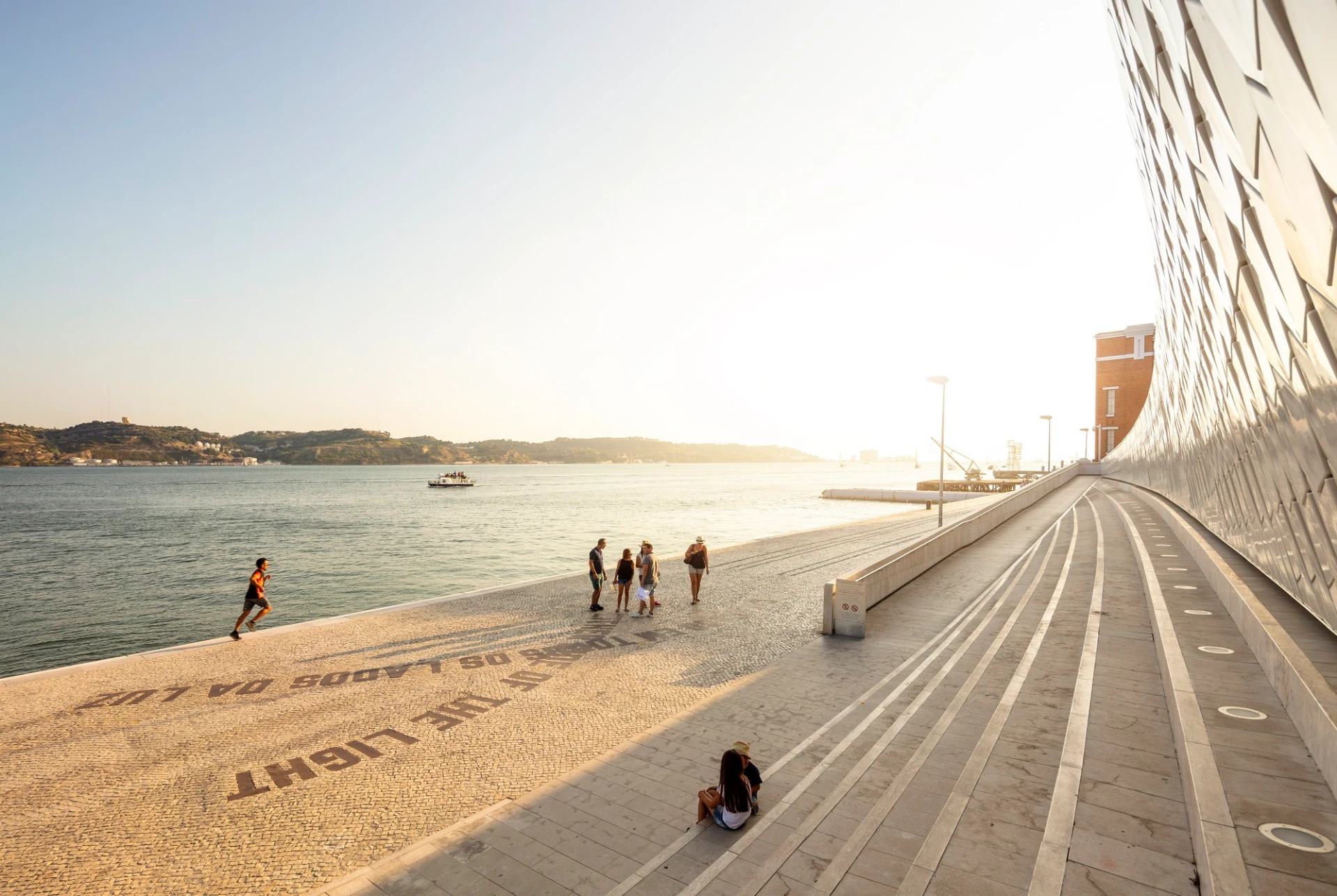When an artist dies, the veil hovering over the world grows heavier and more opaque; there is a sense that fails, a nexus that becomes disconnected from the great array of life. There is one less brush to fill the void, one less pencil to scratch the world’s blueprint, one less eraser to wipe away the superfluous and the incidental.
When an artist dies, there is one less vibrating voice… no matter how disquieting, unbearable, unintelligible it may be. The works remain, murmuring in the observers’ introspective silence, in a presence that is now only spectral, but no less poetic or intense.
Jorge Santos died on March 24 unexpectedly, suddenly, almost silently. Those who knew him might say that this in no way matches his brave and fierce, joyful and victorious spirit. He was flashy, distinctive, and his laughter echoed in the distance. A blazing flame suddenly went out.
He had a distinct profile and the subjects he represented revealed a particular interest in the contrast between the natural and the built: the silhouettes with floral or vegetal motifs on fences, walls or windows; the shadow interplay; the bright colours he used in his works; those delightful moments when the body seems to float with the small phenomena that break the tired gaze of everyday life; the small, intimate corners of gardens, courtyards, backyards; urban landscapes, etc. He was interested in the beauty of things. He clearly said that he cherished the beauty of Art.
Those who had the privilege of visiting his studio and observing him at his work immediately noticed his devotion to painting and the motifs he drew. He fully knew the physiognomy of plants; the creepers he often depicted grew rapidly with the dexterity of his hand; he knew how many rose thorns he should render to achieve a given effect, the sharp-toothed leaves and the buds yet to blossom. He was quick with his brush. And he worked – he worked hard.
His life was that tiny, condensed studio-home, full of archived and organised works. The floor was crowded with acrylics, lino paints and woodcuts, smudges of graphite and charcoal. It was a magical setting, which he generously shared with friends, colleagues and acquaintances.
Umbigo was able to work with Jorge Santos on three occasions. The projects he developed for the Umbigo stand at ARCOmadrid, for the Drawing section supported by the Carmona e Costa Foundation and for the magazine’s 18th-anniversary commemorative box, all of which we now remember with heavy hearts, understanding the importance and responsibility of honouring and preserving his legacy, which is now blended with our own.
Godspeed, Jorge.




-6dqqe.gif)